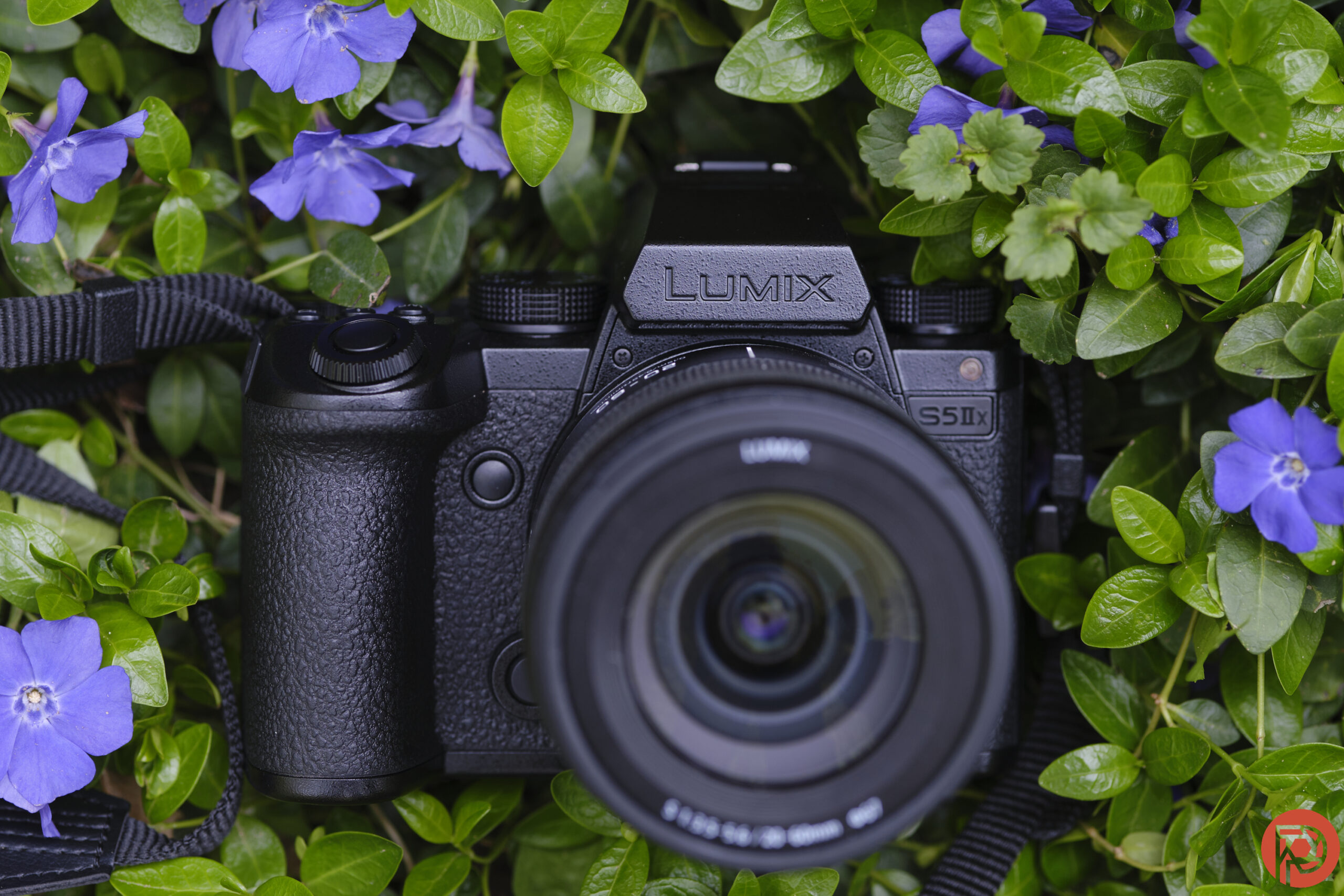The Panasonic S5 IIx is the S5 II’s fraternal twin. The two cameras carry the same sensor, processor, autofocus, and stabilization system. In fact, the list of similarities is much longer than the differences. But, the X variation has a few critical discrepancies and a $200 price hike. Most of those differences are video-focused, like the USB SSD recording, All-Intra, Apple Pro Res, and Wireless IP streaming.
There are two reasons, however, that photographers may consider the Panasonic S5 IIx over its fraternal twin: A black-out design and Live Composite without a firmware update. Most photographers would still probably rather save the $200 and install the latest firmware update on the S5 II. After all, the whole reason for launching a separate X version is so that photographers aren’t paying for features that they will never touch. But, for every photographer considering taking a sharpie to their camera to better blend, there’s the Panasonic S5 IIx.
I unboxed the new Panasonic S5 IIx just a few days before the official launch and spent a few hours shooting with the camera. While a weekend isn’t enough time to fully explore the ins and outs of the camera, my first impressions of this ergonomically fantastic camera are positive.
Table of Contents
Panasonic S5 IIx Tech Specs
Panasonic lists the following features and specifications in the Panasonic S5 IIX announcement:
- 24.2 megapixel full-frame CMOS sensor
- New Phase Hybrid Autofocus with up to 779 points
- 5-axis body stabilization with up to 6.5 stops of stabilization when paired with specific lenses
- Real-Time LUT applies custom LUT files to stills (JPEG only) and video
- Dual Native ISO
- Burst speed of 9 fps AF-S or 7 AF-C mechanical shutter; 30 fps electronic shutter
- Live Composite
- 96-megapixel High-Resolution Mode
- 3,680K dot OLED live viewfinder
- 3-inch, 1,840K dot touchscreen
Ergonomics
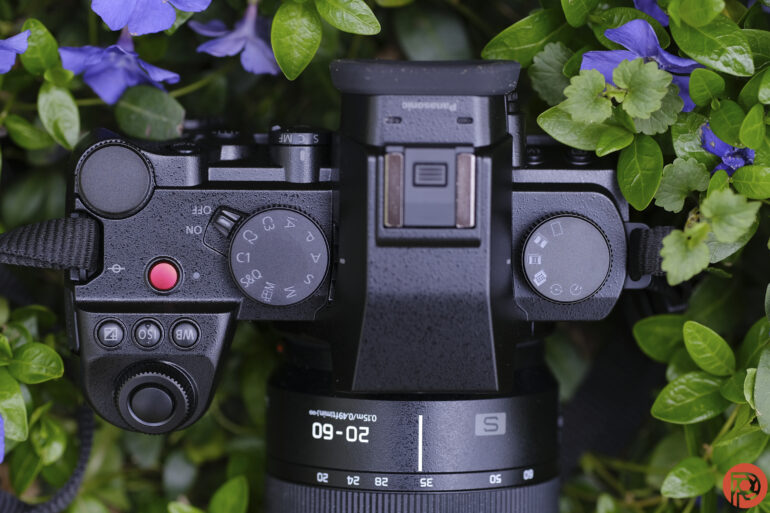
The S5 II keeps much of the same ergonomics as Panasonic’s original full-frame mirrorless. The S5 IIx is housed in the same body, albeit with different colors. The Panasonic S5 IIx sits at a happy medium for size. The full-frame camera is actually smaller than the Micro Four Thirds GH6. But it’s still large enough to have a comfortable grip and lots of room for physical controls. It weighs roughly 26 ounces.
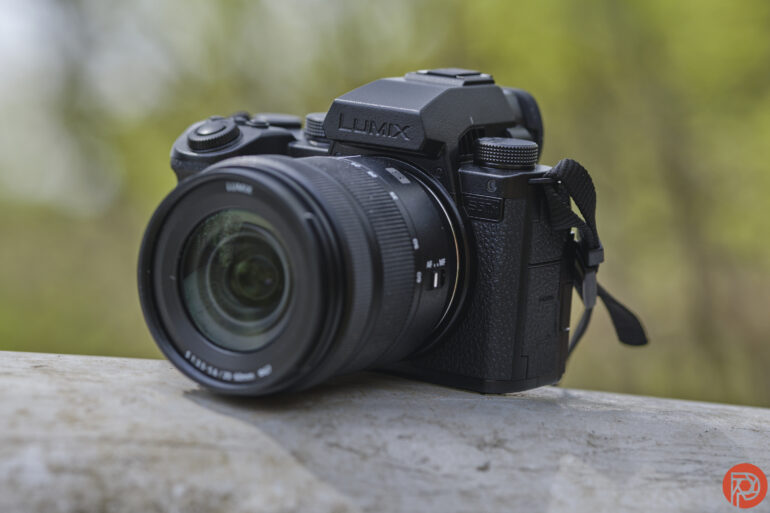
While the ergonomics are identical to the S5 II and very close to the original S5, the coloring is not. Unlike the S5 II, the Panasonic S5 IIx has a black-out design. Instead of white text announcing the name and brand, it’s a black engraving. Even the labels for the different controls are written in gray rather than white, except the red record button at the top of the camera. This creates a striking look that photographers who don’t want to stand out will appreciate.
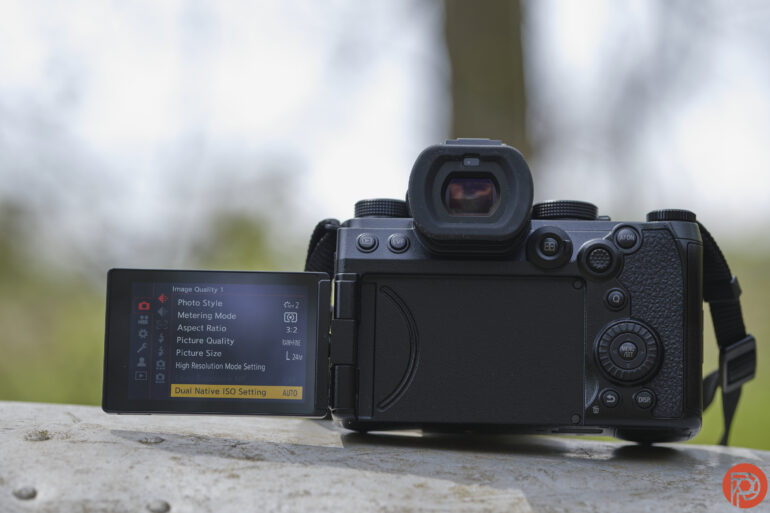
While I really loved the looks and subtle branding, it did take some hunting to familiarize myself with the controls, and I think part of that has to do with the fact that the labels are low contrast. In dim environments, the labels are going to be harder to see, which means being able to use the controls by touch alone is going to be more important with this camera. It took me a few minutes to find the switch to go from AF-S to AF-C because that control was in the shadow of the viewfinder.
The Panasonic S5 IIx is a very comfortable camera. My fingers can wrap around the grip with a little room to spare. The viewfinder juts out enough from the body that I don’t have to squish my nose against the camera, even as someone who wears prescription glasses.
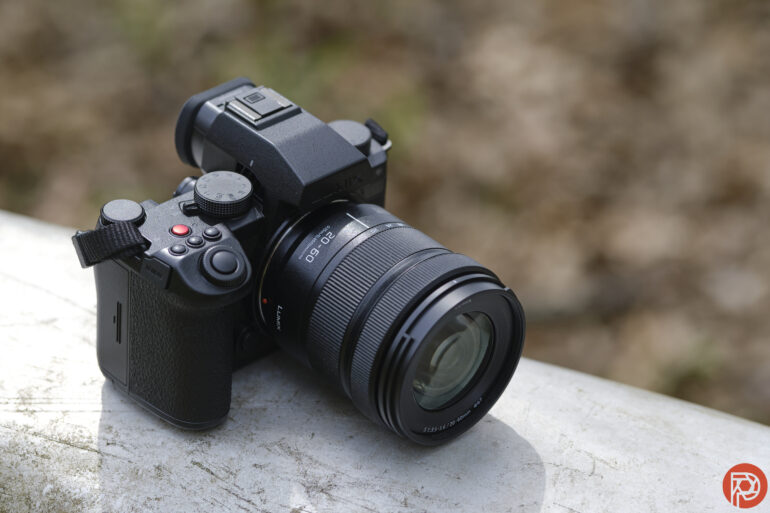
The controls are also easy to reach. The camera’s top houses a burst mode dial, mode dial, and two control wheels at the front and back of the grip. There are also shortcuts for white balance, ISO, and exposure compensation. For focusing, there’s a joystick, an AF mode button, and a switch for single, continuous, or manual focus at the back. The rear of the camera also houses a quick menu and menu controls and an LCD screen that flips out to the side on a hinge for vari-angle viewing. The grip has a door for dual SD card slots, while the opposite side has mic, headphones, HDMI, and USB-C ports.
Overall, the Panasonic S5 IIx delivers comfortable ergonomics in a black-out design designed to blend in.
Build Quality
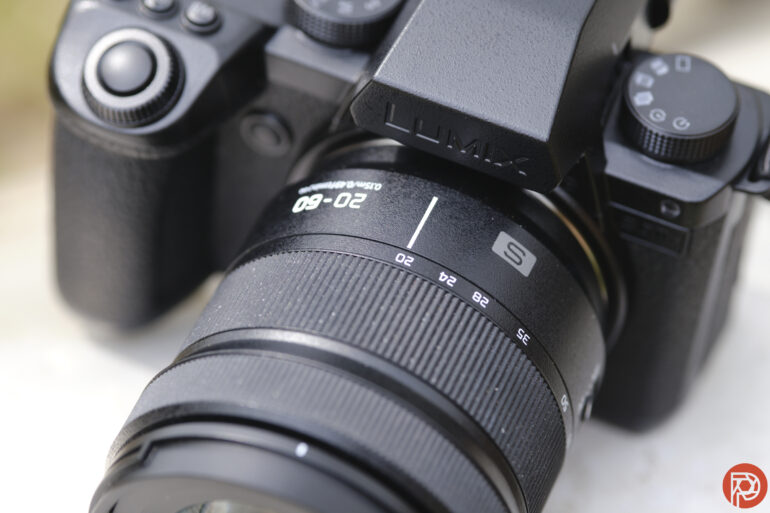
Like the S5, the Panasonic S5 IIx is weather-sealed. I haven’t yet had the opportunity to shoot in the rain with this camera. But, the build feels sturdy. It does not feel like a cheap, plasticky camera, thanks to a magnesium alloy frame.
Ease of Use
Getting to know a camera’s controls is an essential step in the process of obtaining any new camera. That’s even more the case with the S5 IIx, however. The blackout design means there’s less contrast on the labels. I appreciate the name brand not standing out like a neon sign at the front while shooting an event. But I did feel like I spent more time hunting for the right controls initially, and those labels are more challenging to read in dim lighting than bright white ones. Many photographers will find the black design worth it, but I think newer photographers may have a little easier time with the S5 II simply because the controls are easier to spot.
Panasonic’s menu system is simple and organized. If there’s a physical control for a setting, then you won’t find it in the menu. That’s how Panasonic keeps the menu easy to navigate. That, and organized tabs. There’s also a custom menu where photographers can save their regularly accessed favorites.
Focusing
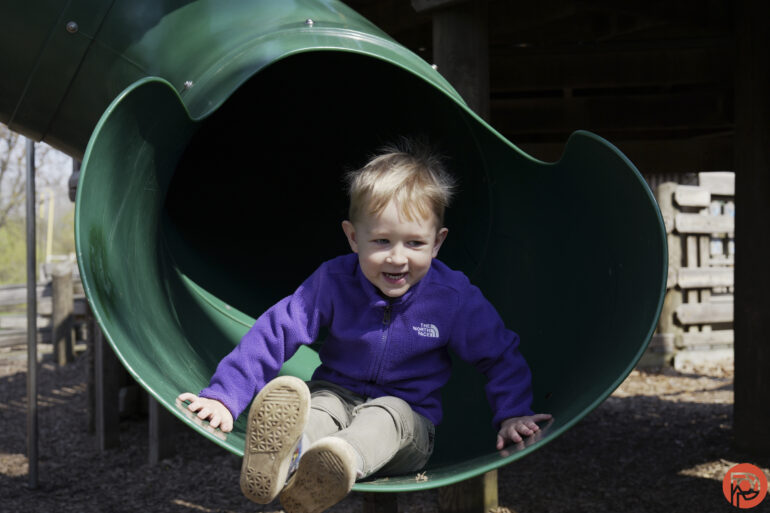
I didn’t fall in love with the autofocus on the original S5, but the second generation overhauls the system with a hybrid phase detection autofocus. While I haven’t spent enough time with the S5 IIx yet to determine just how well the autofocus system does, I noticed an improvement immediately. The autofocus locked on quickly insufficient lighting. The camera seemed to recognize faces quickly. However, I did have a series where it consistently focused on the ears and not the eyes. While the autofocus system feels much improved, I don’t think the S5 IIx will dethrone Canon or Sony’s system for action.
With the same autofocus system as the S5 II, I expect to have a similar experience with the S5 IIX. In the S5 II review, we noted that the Leica SL2s still focused a bit faster, and S5 II struggled with continuous autofocus and face tracking. Still, stay tuned for the full S5 IIx review for more insight.
Image Quality

With the same sensor and processor as the S5 II, the image quality will be identical on the S5 IIx. The only exception is that the S5 IIx has Live Composite at the launch date, whereas the S5 II only just gained the feature through firmware. Only Panasonic and OM System offer in-camera Live Composite to date, making it an important distinction for photographers that want to shoot star trails or paint with light.
What I loved about the original S5 is still intact here: the color profiles. I like the colors coming from the CineLike profiles. But you can also apply LUTs or video color profiles to JPEGs. And there are four custom color slots where you can create your profile by adjusting contrast, saturation, shadows, highlights, and sharpness and easily recall those settings. With the S5 IIx, you can take JPEGs that don’t look like every other camera and get a unique look without editing.
I’m still putting the S5 IIx through the paces, but I haven’t spotted any major red flags with my initial shots.
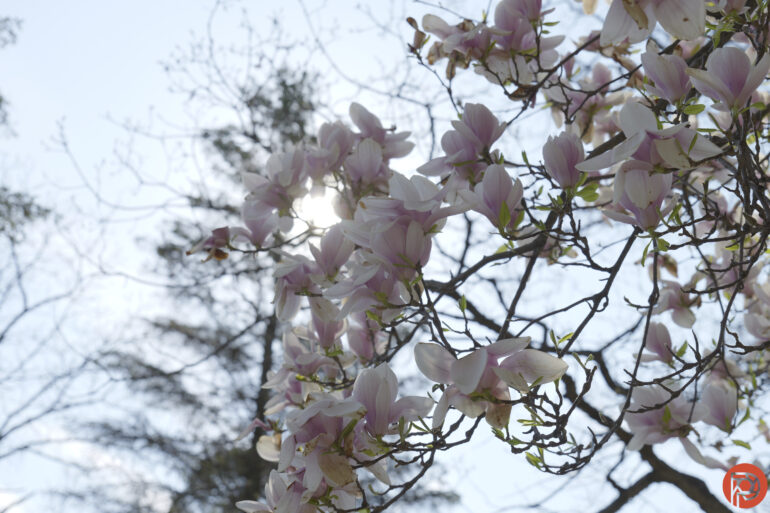
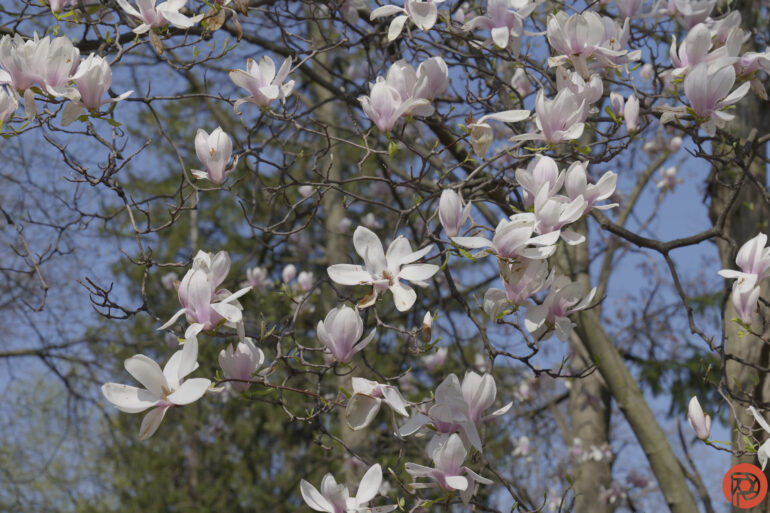
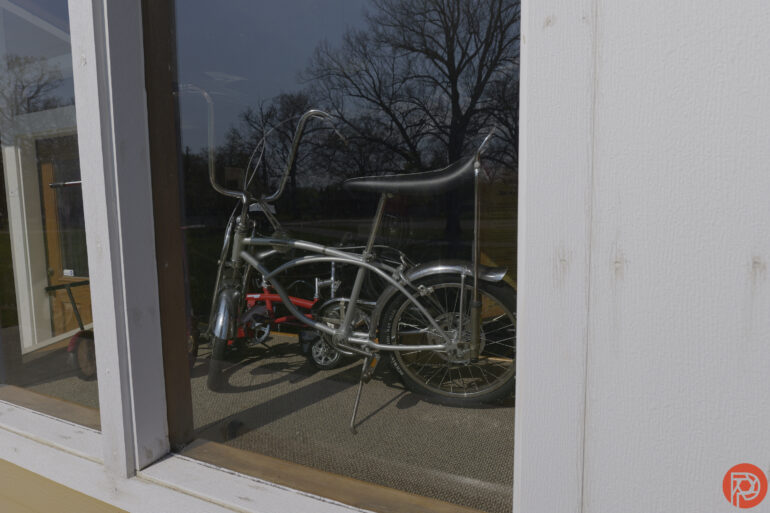

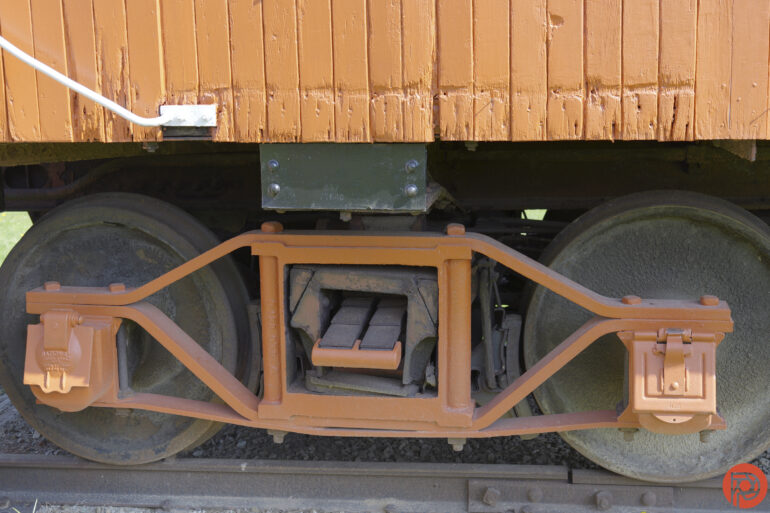
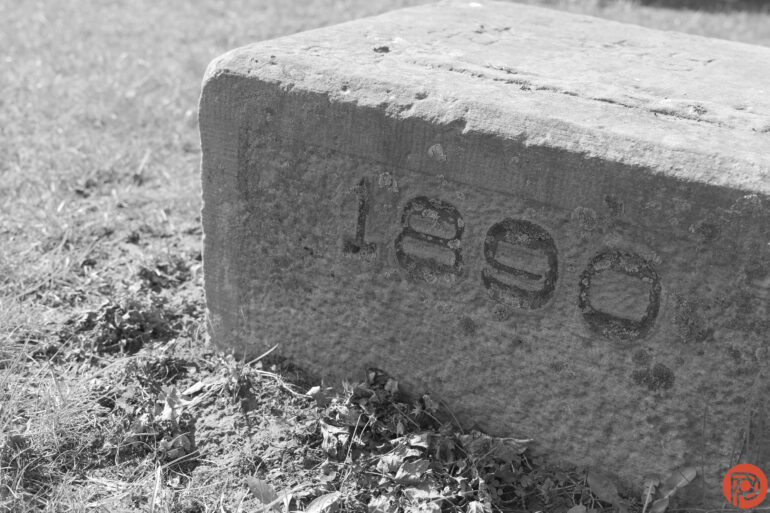



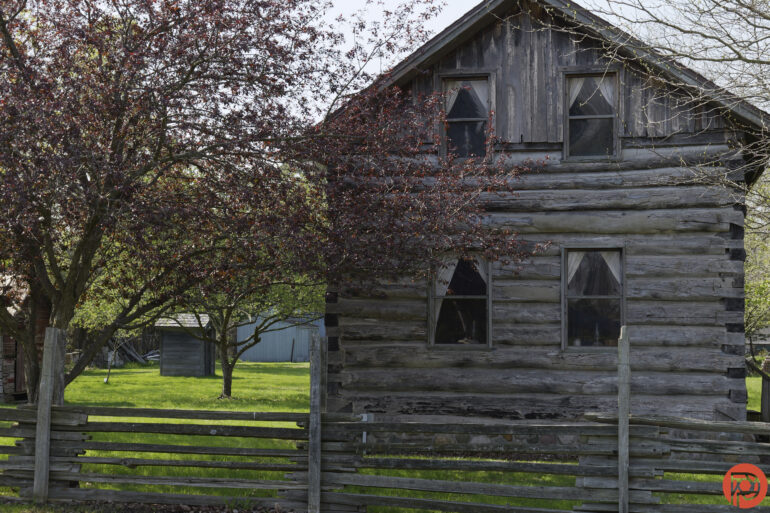
First Impressions
The second generation of Panasonic’s full-frame mirrorless sees several improvements. Yet, I’m left with some of the same overall impressions of the S5 IIx: It’s one of the most comfortable full-frame bodies to hold, it delivers features like Live Composite that other full-frame cameras have, and it captures some really great colors. But, the improved autofocus isn’t as fast as Canon or Sony’s. And, while I love the black design’s look, it can mean a little more time hunting for the proper control.
But I can’t judge a camera on just one shoot — watch for the full review or take a look at the Panasonic S5 II review in the meantime.


